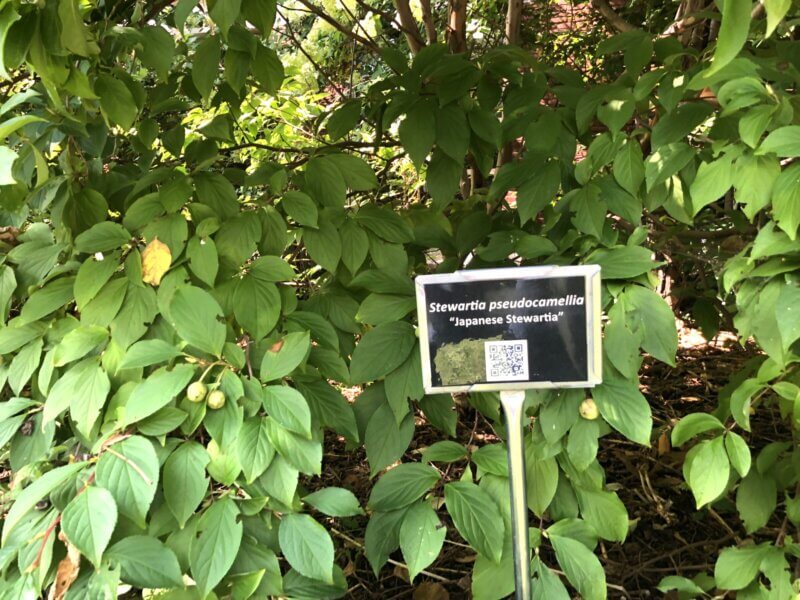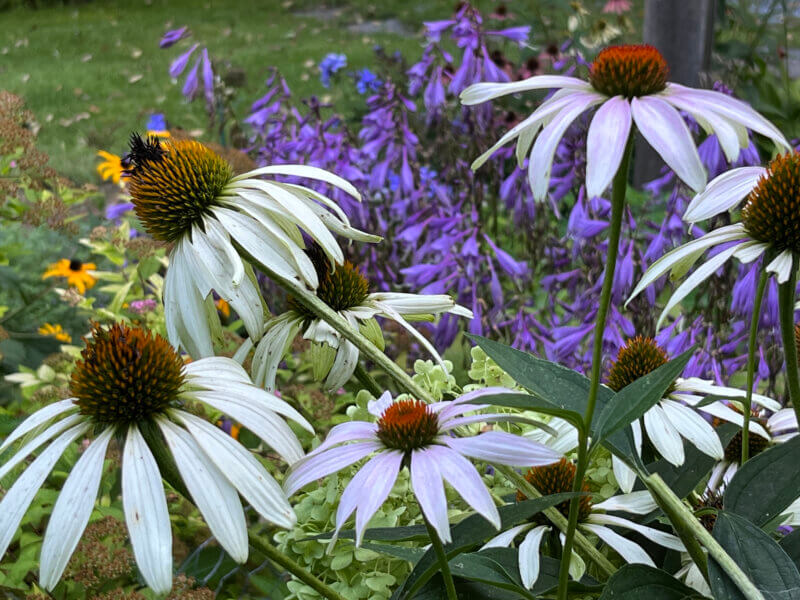Deciphering plant names
Have you ever wondered why plant names are in Latin?
Latin, a language originating from Italy, spread throughout Europe with the expansion of the Roman Empire. It was widely spoken during the Middle Ages and used by scholars in science and literature as early as the fifth century.
Although scientists traditionally named species of organisms in Latin, common plant names were subject to misinterpretation. Therefore, having a unique scientific name was necessary for accurate identification and to eliminate confusion in botany.
The current Latin system for naming plants was created by a Swedish botanist named Carl Linnaeus. Linnaeus devised a clever system to condense 18th-century plant names into a simple binomial (two-name) naming system.

Cultivar names are not italicized and should be written in proper noun syntax in single quotation marks, such as Echinacea purpurea ‘White Swan,’ a variation of the common purple coneflower (Echinacea purpurea) developed by plant breeders to have white instead of purple blooms.
Born May 23, 1707, in southern Sweden, Linnaeus was the son of a Lutheran pastor and avid gardener. From an early age, Linnaeus had a fascination for plants and their names.
While studying medicine at the university, Linnaeus spent time collecting and studying plants. At the time, botany was required medical training since every physician had to prepare drugs derived from medicinal plants. Upon completion of his medical degree, he pursued further studies and published a landmark code of nomenclature for living organisms titled Species Plantarum in 1753.
Today, Linnaeus’s nomenclature is used universally. It identifies an organism with two Latin words. The first corresponds to the genus and the second to the species. Together, they tell how species are related to one another. All plants with this unique name are genetically similar. They look alike and can breed with one another.
To understand Linnaeus’s code, Stuart Farrimond from the United Kingdom suggests the naming of cars as an analogy. Car names are constructed using make, model and version.
The first name, the genus, is the group of related plants to which the species belongs. The genus is analogous to the make of a car. All plants with a common genus share common features and are genetically similar. The genus must be in italics with its initial capitalized and may be abbreviated to its first capital letter as in Rosa or R. (referring to roses).
The second name, the species, refers to plants within a genus that reproduce naturally to form offspring similar to their parents. Species are analogous to the model of a car. The Latin name, written in lower case and italics, often describes a specific detail about the appearance or preferred habitat of a plant.
For example, the Latin name for the common purple coneflower is Echinacea purpurea, a plant of genus Echinacea meaning hedgehog (referring to the spiky central cone) and of species purpurea, meaning purple, describing the plant’s color.
Sometimes one or more words are added to the binomial name to describe variation in species. In the car name analogy, this corresponds to the version.

Binomial nomenclature is often used in demonstration and teaching gardens, such as the plant collections at James M. Jeffords Hall at the University of Vermont.
Only naturally occurring variations are called varieties. These nearly always are listed in Latin, in all lower-cased italics, sometimes preceded by the abbreviation “var.” for variety. For example, Rosa rugosa rubra (a type of single petal rose) is the same as Rosa rugosa var. rubra.
Variations developed in cultivation by plant breeders are called cultivated varieties or cultivars for short. Cultivar names are mostly in English or another modern language, not italicized, in proper noun syntax and in single quotation marks or preceded with the abbreviation “cv.” without quotation marks. For example, Echinacea purpurea ‘White Swan’ is equivalent to Echinacea purpurea cv. White Swan.
Linnaeus’s scientific naming of plants continues to evolve as botanists continue the careful classification of plants. Gardeners and budding botanists interested in learning more about this fascinating world of binomial nomenclature and plant taxonomy can learn more online at the International Plant Names Index at ipni.org.
(Nadie VanZandt is a University of Vermont Extension master gardener from Panton.)

